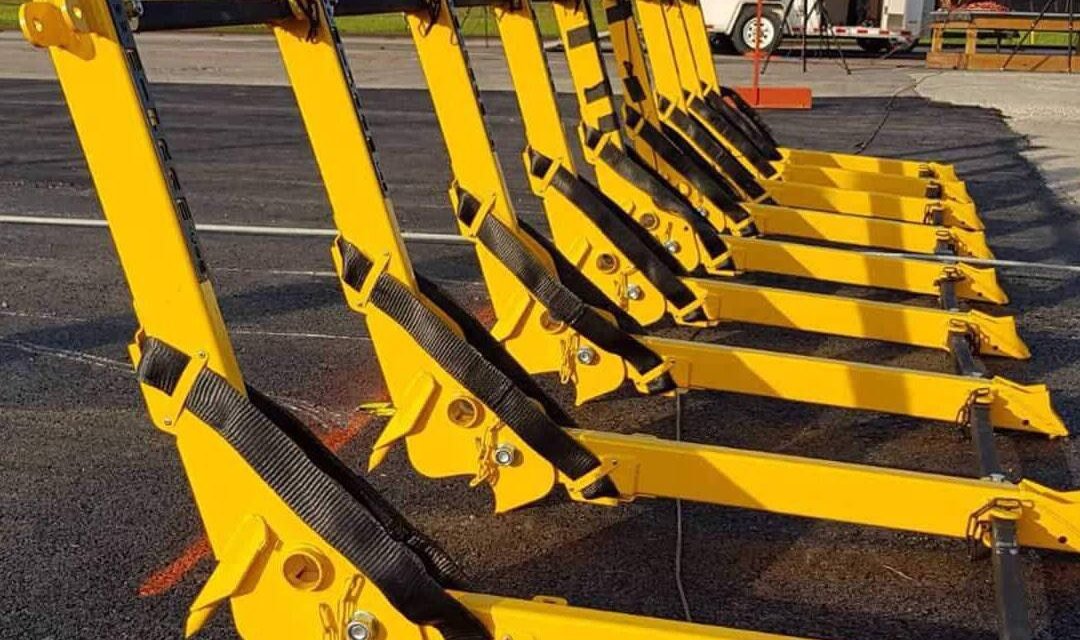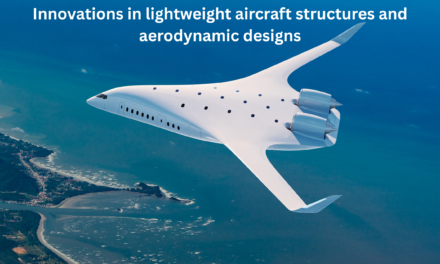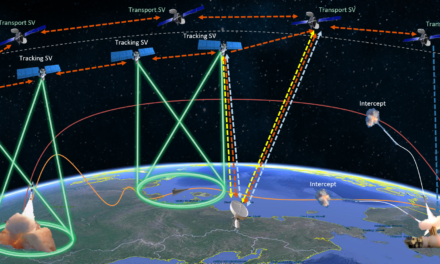Modular and portable barriers play a crucial role in rapid deployment military operations by providing flexible, adaptable, and easily deployable solutions for force protection, perimeter security, and tactical advantage in dynamic and often unpredictable environments. These barriers allow military units to respond quickly to threats, secure strategic locations, and create defensive positions with minimal setup time. Here’s how they contribute to such operations:
1. Quick Deployment and Mobility
- Fast Setup: Modular and portable barriers are designed to be easily transported and deployed in various terrains. This allows military units to rapidly establish defensive perimeters around key areas, such as bases, checkpoints, or vulnerable infrastructure, without requiring extensive preparation or heavy equipment.
- Adaptability in the Field: These barriers are lightweight and compact, making them ideal for use in fluid combat situations where mobility and speed are paramount. They can be quickly arranged to form temporary fortifications or barriers that are flexible enough to accommodate changes in the operational environment.
2. Flexibility for Various Situations
- Tactical Advantage: Modular barriers allow for quick customization based on the specific needs of the operation. For example, a small checkpoint may require a different setup than a convoy route or a forward operating base. These barriers can be connected or rearranged to suit the situation, ensuring that the most effective defensive position is established.
- Protection for Personnel and Assets: Modular barriers can be used to shield soldiers from sniper fire, small arms fire, or explosive threats. Portable barriers such as ballistic shields or panels can be deployed around personnel during operations, providing immediate cover.
3. Transportability
- Easily Transportable: Portable barriers are lightweight and compact, making them easy to transport in trucks, helicopters, or on foot, depending on the scenario. They can be carried by soldiers or transported in military vehicles, ensuring they are always available when needed most.
- Mobile Operations: These barriers can be moved and re-deployed as units shift positions or conduct operations. This is particularly useful in scenarios like convoy protection, where quick setup and breakdown of defensive perimeters are necessary during movement through high-risk areas.
4. Enhancing Force Protection
- Protection During Movement: Portable and modular barriers are used to quickly create a protective envelope around personnel or convoys during transit. This enables soldiers to safely maneuver through dangerous areas, such as during evacuations, resupply missions, or when crossing through conflict zones.
- Barrier Layers: Multiple barriers can be layered or stacked to provide additional protection in response to more significant threats, such as improvised explosive devices (IEDs) or small arms fire. The ability to build up these layers rapidly is essential in protecting personnel during high-risk operations.
5. Improvisation in Urban and Rugged Environments
- Urban Warfare: In cities or built-up environments where traditional defensive structures may not exist, modular and portable barriers can be quickly set up to secure buildings, streets, or entry points. This is particularly helpful in urban combat, where the terrain is often unpredictable and requires flexible, adaptive strategies.
- Natural Terrain Challenges: These barriers are also beneficial in rugged or natural terrains, such as forests, deserts, or mountains, where the terrain itself may not be conducive to permanent defensive structures. Modular barriers can be deployed and moved without the need for permanent installations.
6. Support for Expeditionary Forces
- Operational Flexibility: Expeditionary forces, such as those deployed for peacekeeping or humanitarian missions, often operate in regions with unstable security situations. Modular and portable barriers provide the flexibility to quickly secure a base of operations, humanitarian supply routes, or a perimeter around strategic sites, allowing forces to establish a safe and effective operational footprint without delay.
- Temporary Camp Security: These barriers can help create temporary security perimeters around camp sites, field hospitals, or emergency response locations. They provide immediate, scalable protection that can be adjusted based on the level of threat or mission requirements.
7. Protection Against Various Threats
- Blast and Ballistic Protection: Some modular and portable barriers are designed to offer protection against blasts, bullets, and shrapnel, helping protect troops from IEDs, mortar fire, or direct small arms fire. These barriers can be made from various materials, including steel, concrete, or composite materials, and can absorb or deflect the impact of incoming threats.
- Countering Sniper Threats: During operations in hostile environments, snipers pose a significant threat. Modular barriers can be strategically placed to minimize the risk of sniper fire, offering soldiers places of concealment or cover during high-risk movements.
8. Psychological and Tactical Deterrence
- Deterrence to Adversaries: The presence of modular barriers can also serve as a psychological deterrent to adversaries, signaling that the area is fortified and well-protected. This can influence enemy tactics, potentially reducing the likelihood of direct assaults or ambushes.
- Strategic Positioning: In addition to their protective value, portable barriers can be used tactically to control movement and manage crowds, especially in high-density, conflict-prone areas. They can help direct traffic, isolate threats, or restrict access to certain areas.
9. Support for Joint and Multi-Agency Operations
- Collaboration with Allies: In coalition operations, portable barriers allow for interoperability between different military units and agencies. Modular barriers can be quickly shared and adapted, helping to create cohesive, joint defensive strategies across forces from different nations or agencies.
Conclusion
Modular and portable barriers are indispensable tools for military operations that require rapid deployment, flexibility, and adaptability. They allow forces to secure positions, protect personnel, and create defensive fortifications in a wide range of environments. Their ease of transport and deployment make them ideal for dynamic and fast-moving military operations, where the ability to respond quickly to emerging threats is essential for mission success.
Hashtags
#ModularBarriers #PortableDefense #RapidDeployment #TacticalBarrier #FieldFortification #MilitaryMobility #CombatReadiness #DefensiveTech #MilitaryEngineering #TacticalOperations #QuickDeploy #FlexibleDefense #PortableArmor #ModularFortification #DeployableSecurity #OnTheMoveDefense #FastDeployTech #FieldProtection #CombatFortification #RapidDefenseSystems #TacticalSolutions #DefenseInnovation #MilitaryPreparedness













